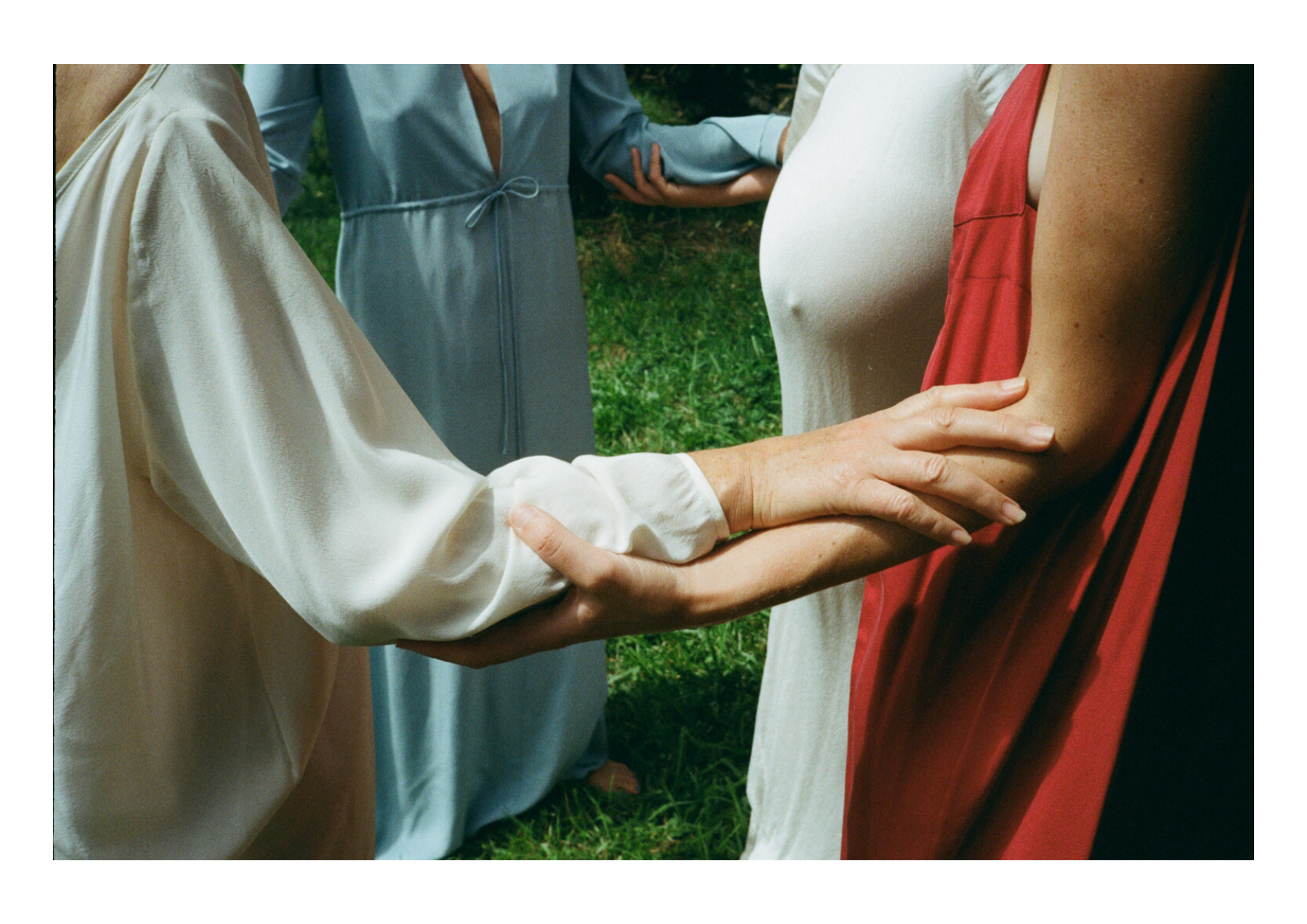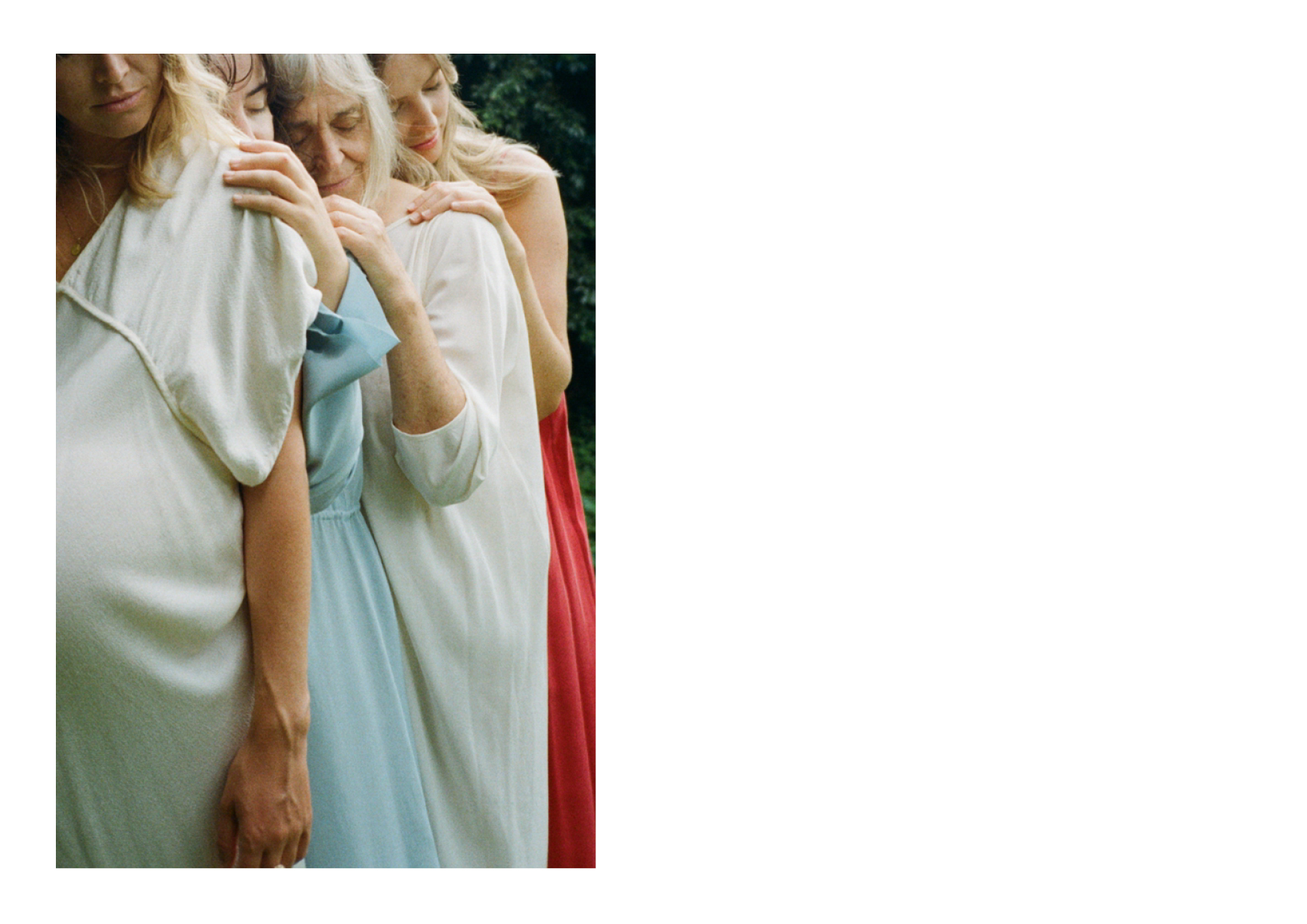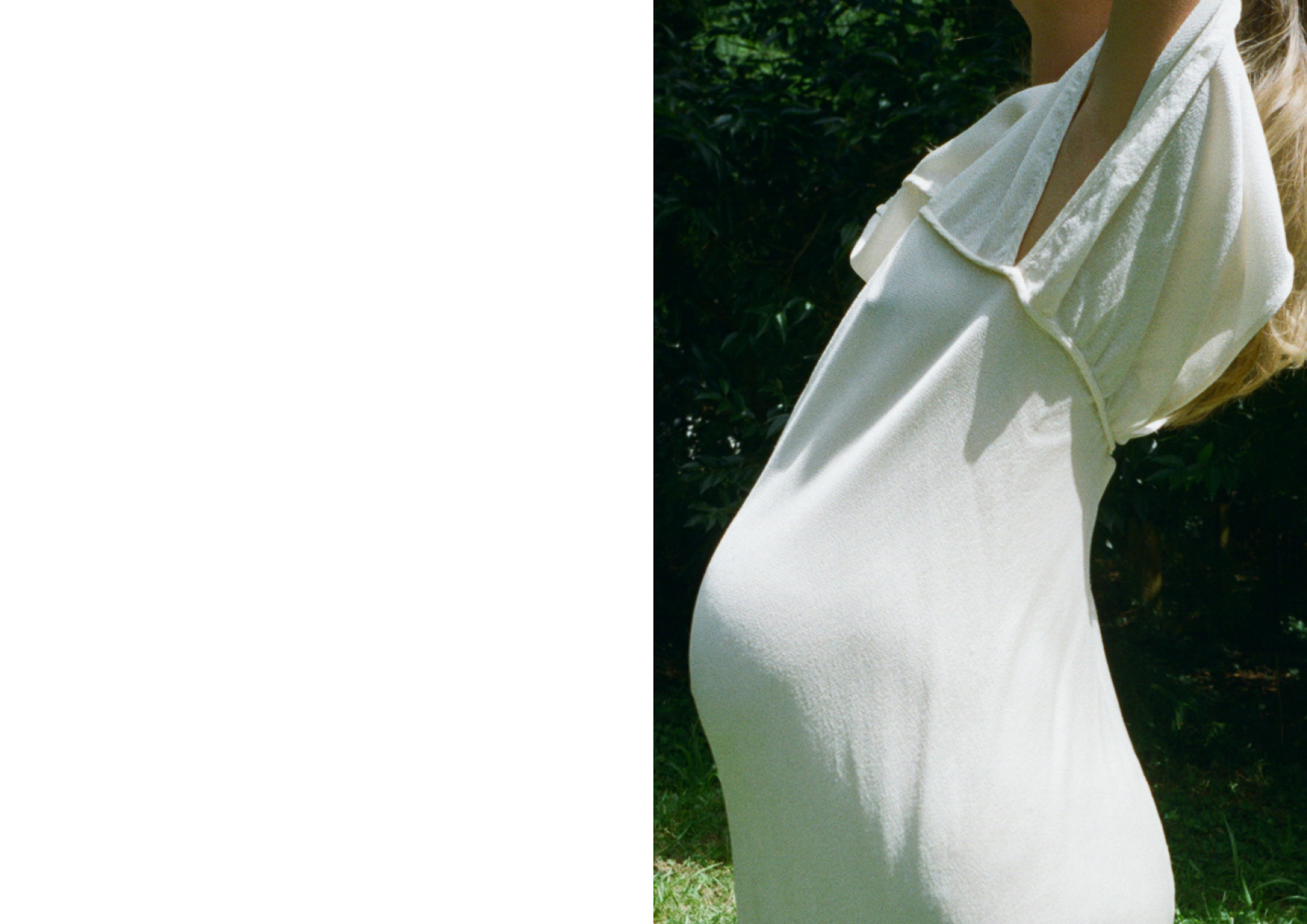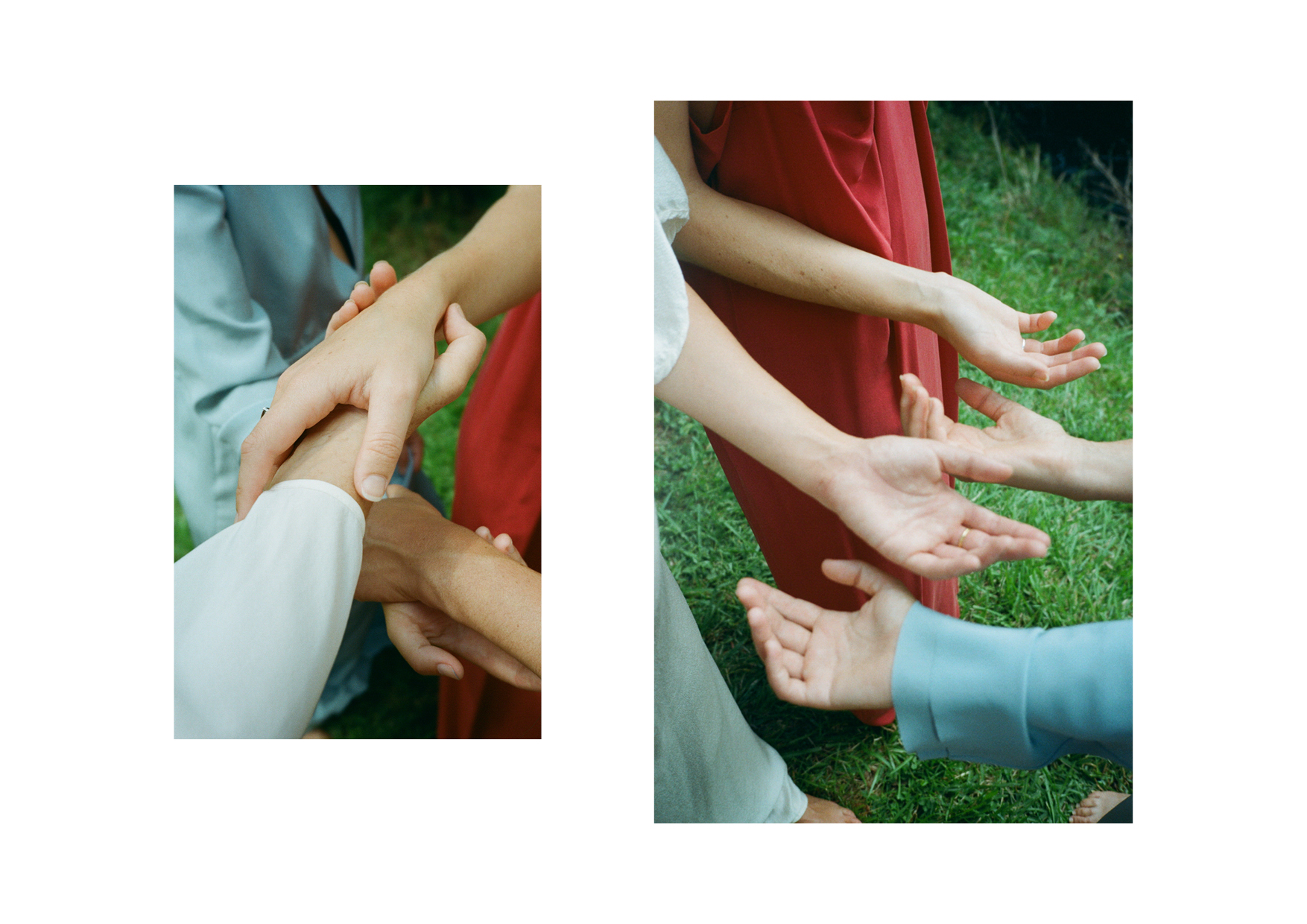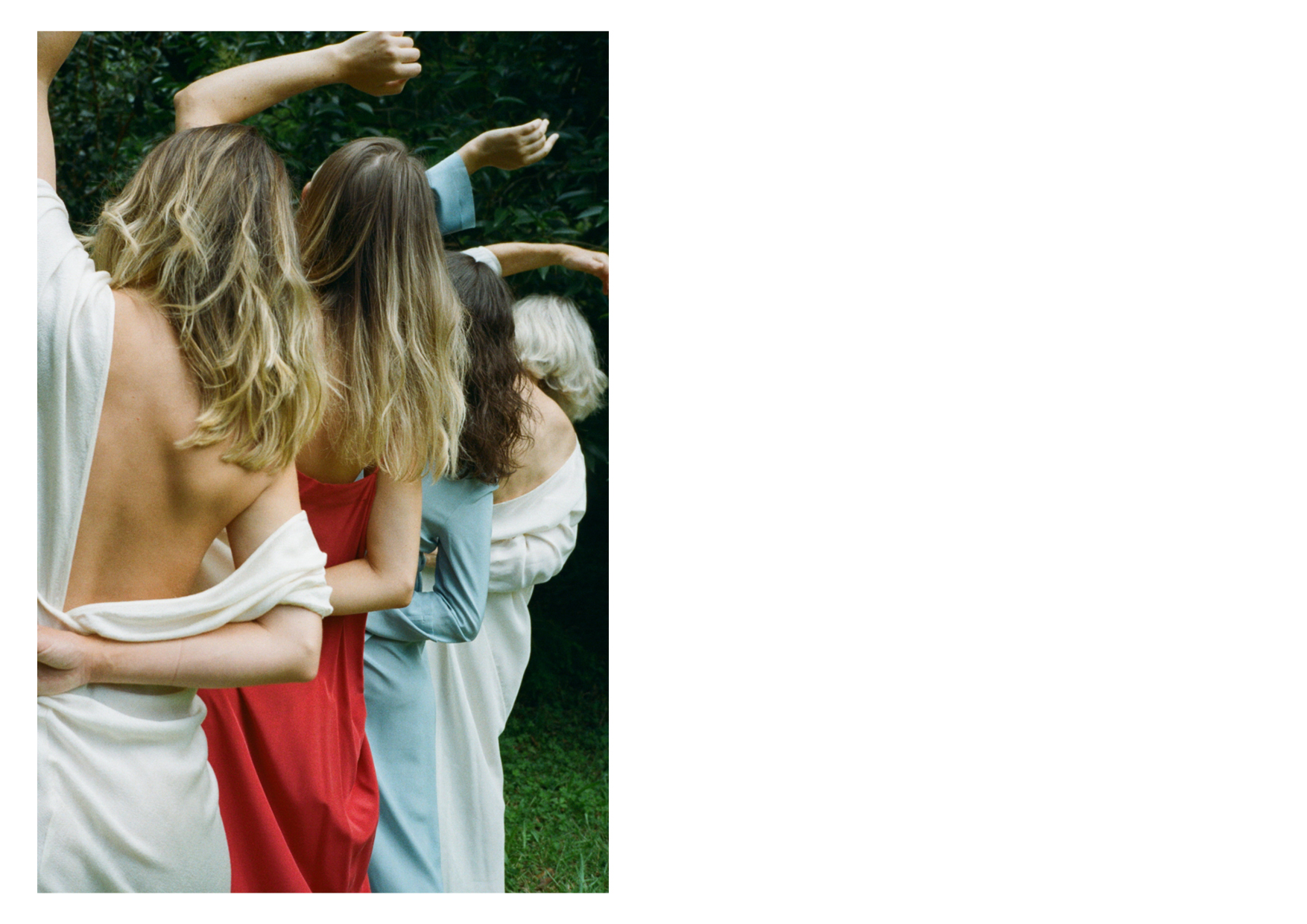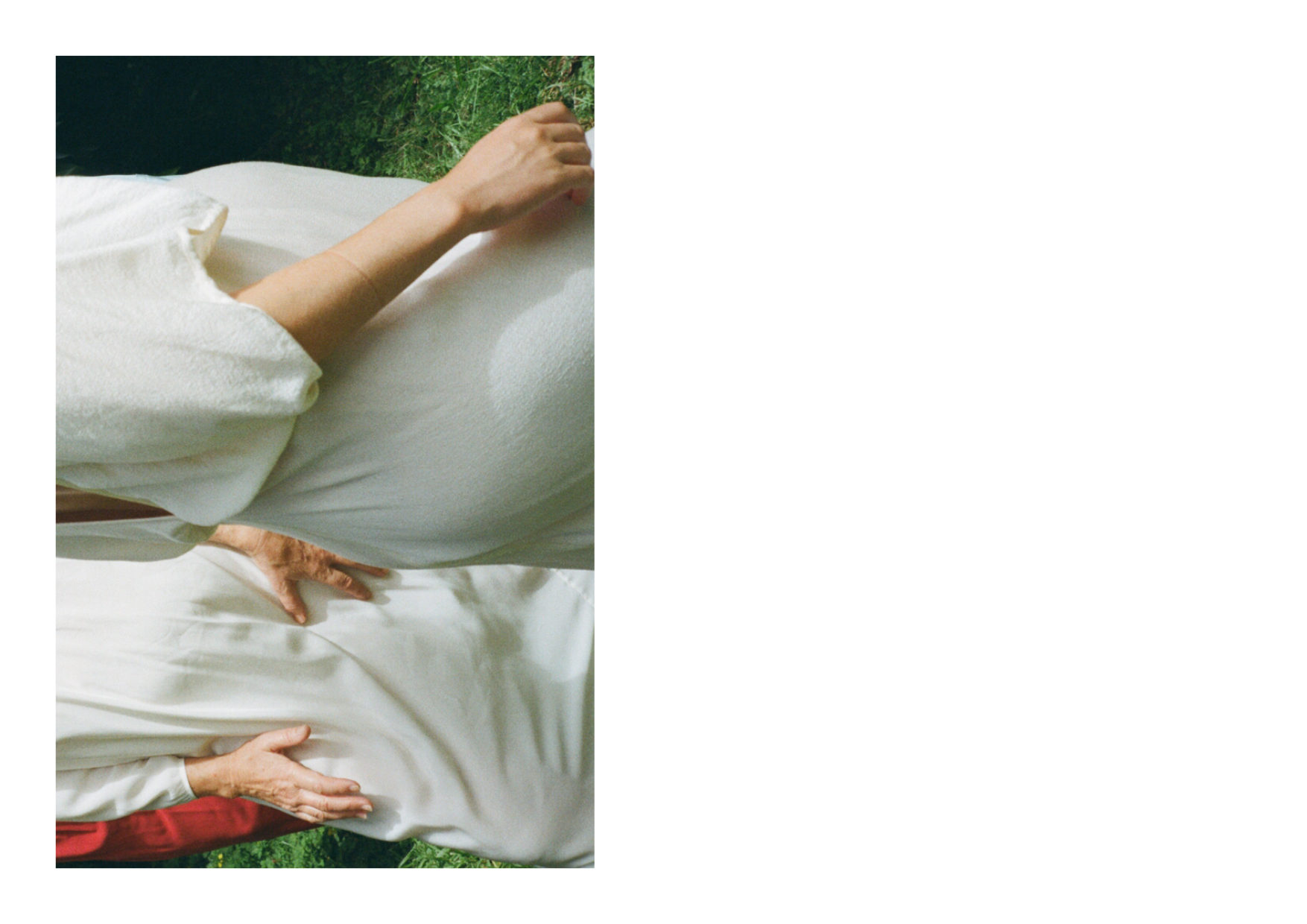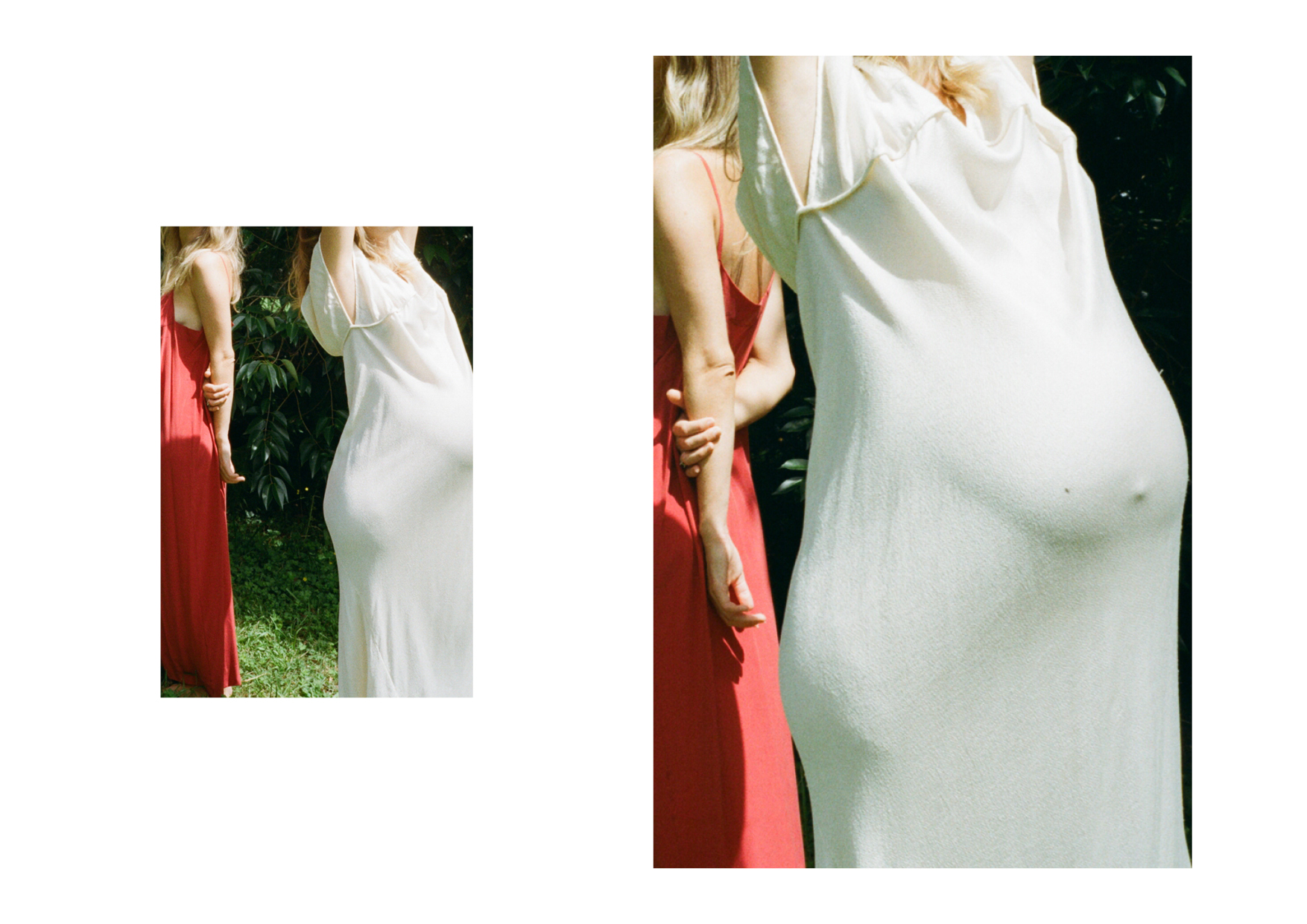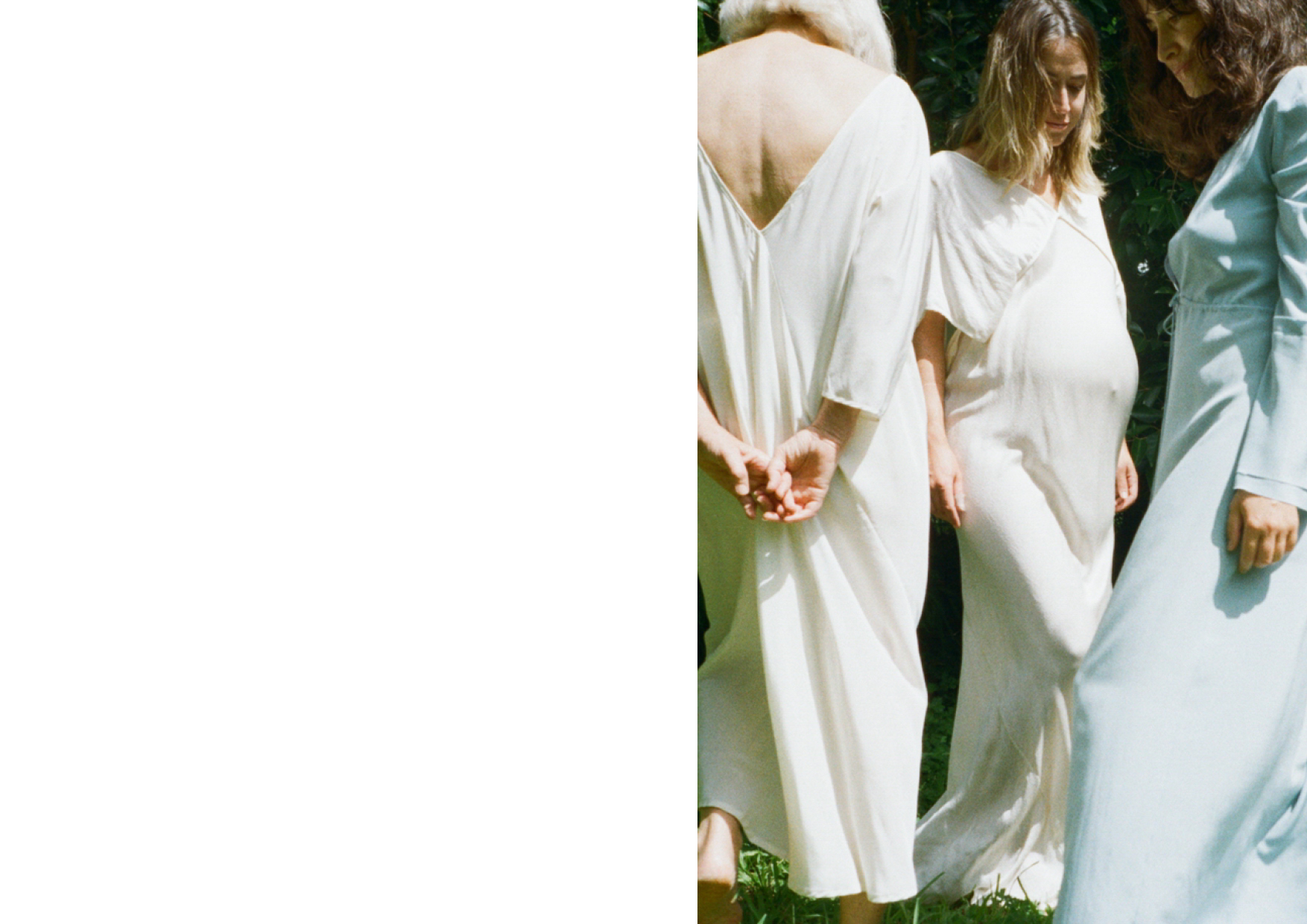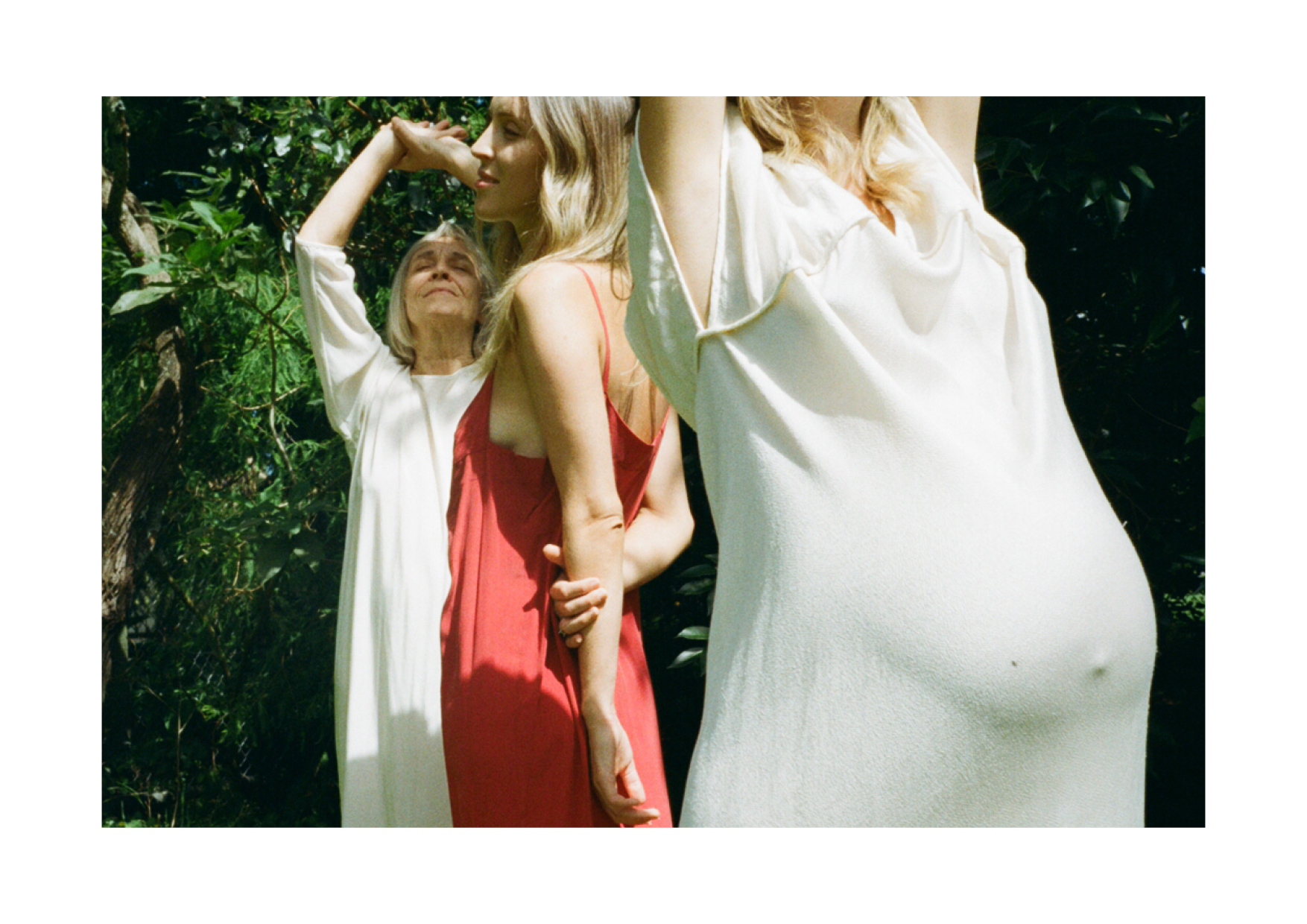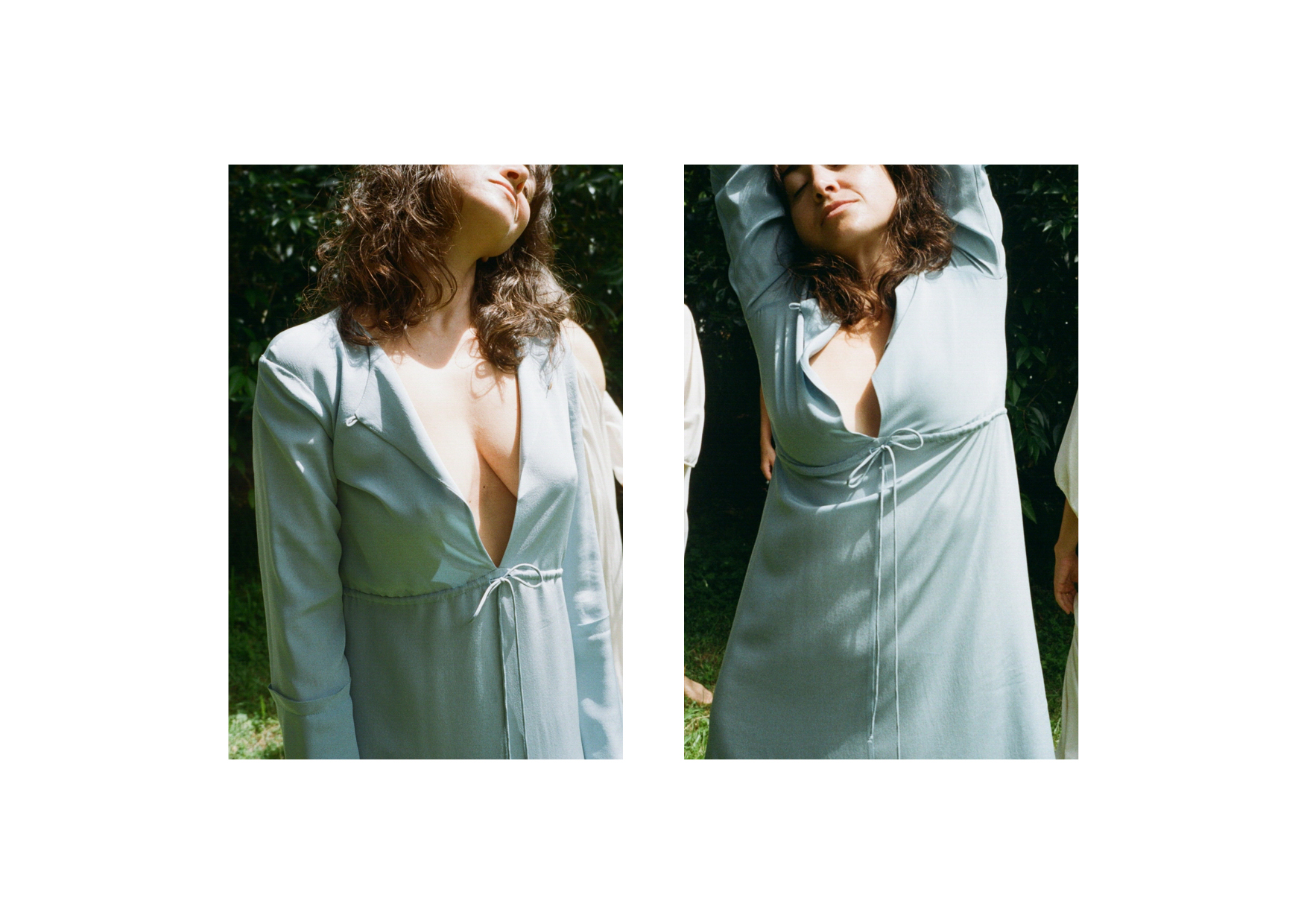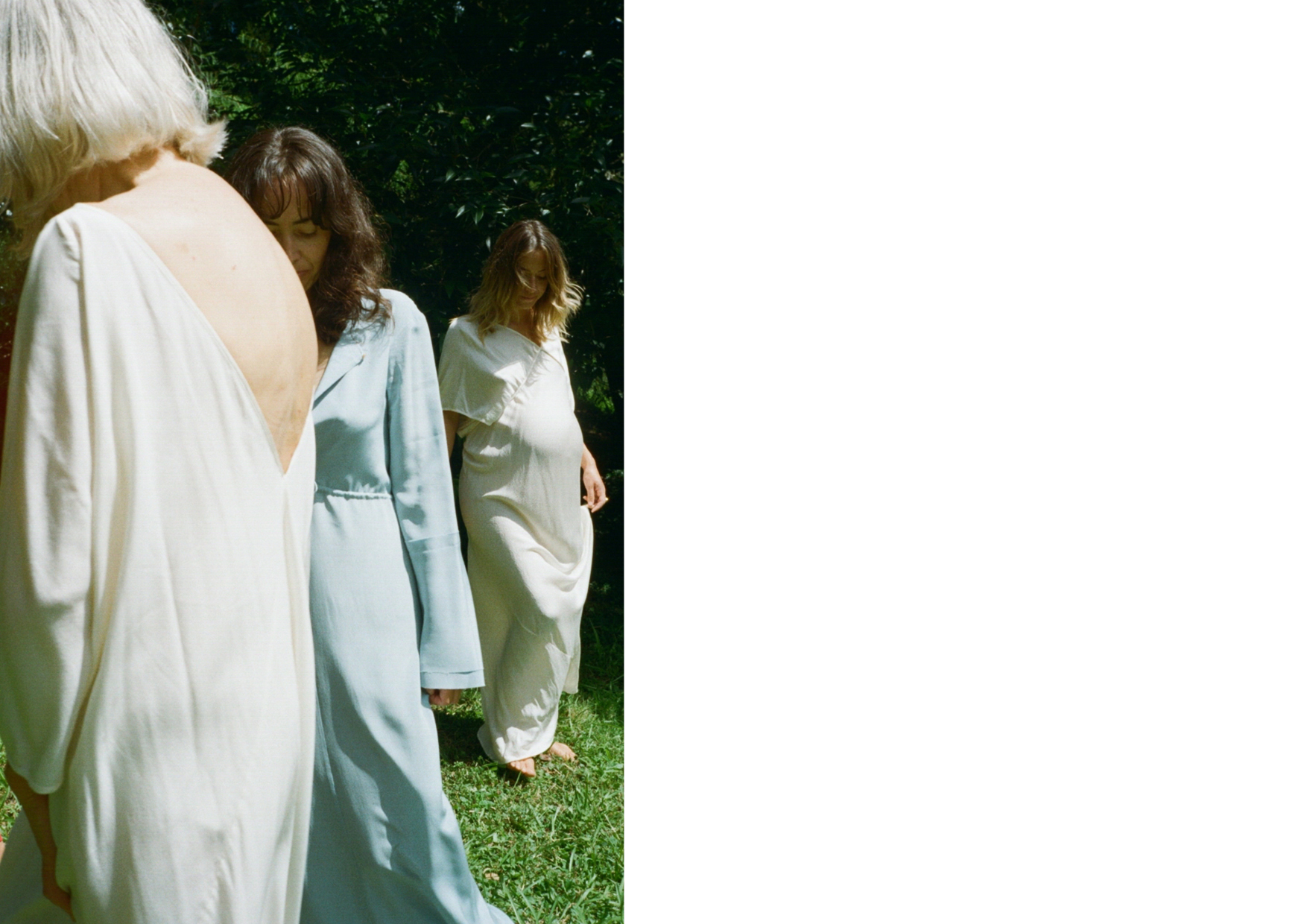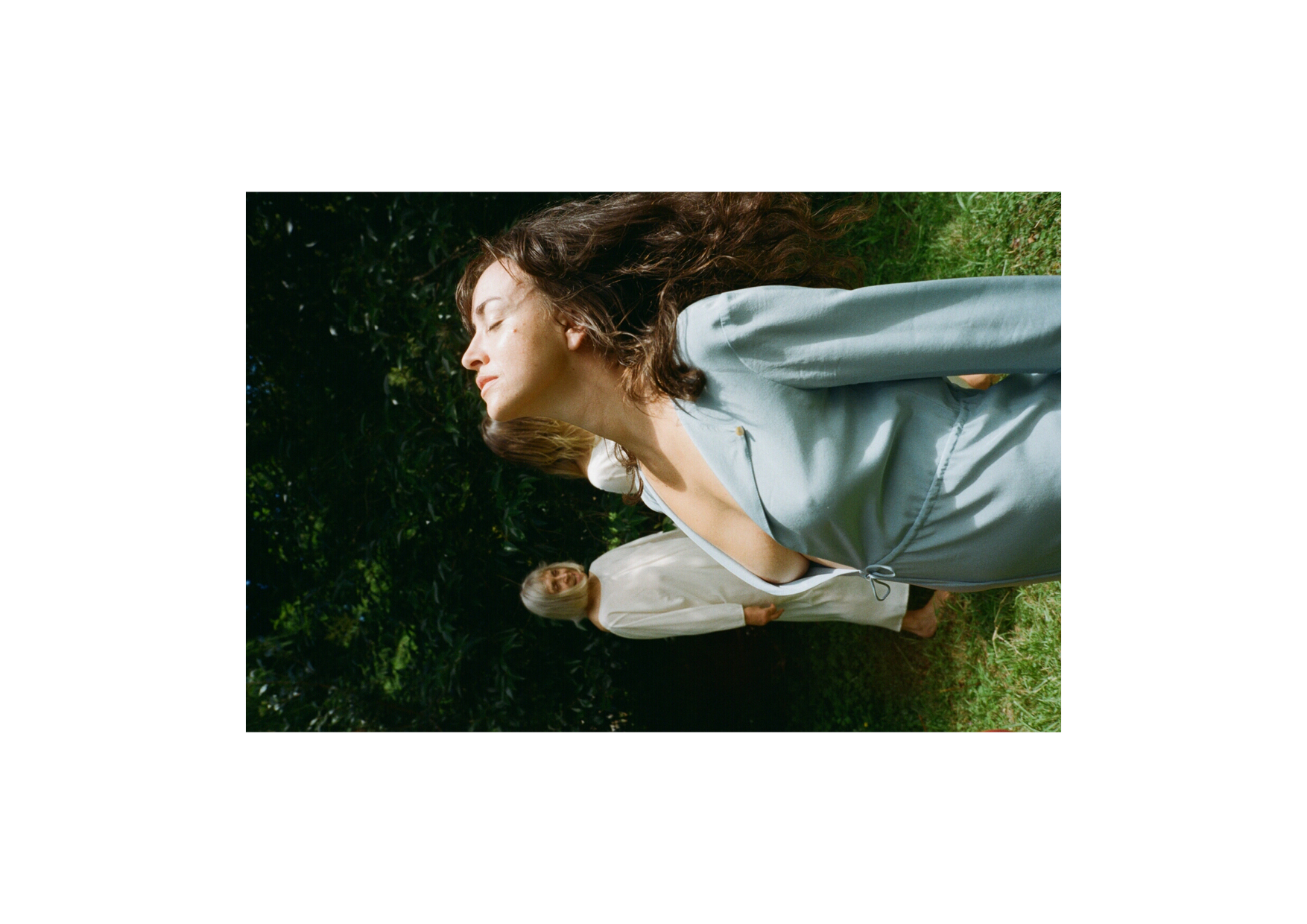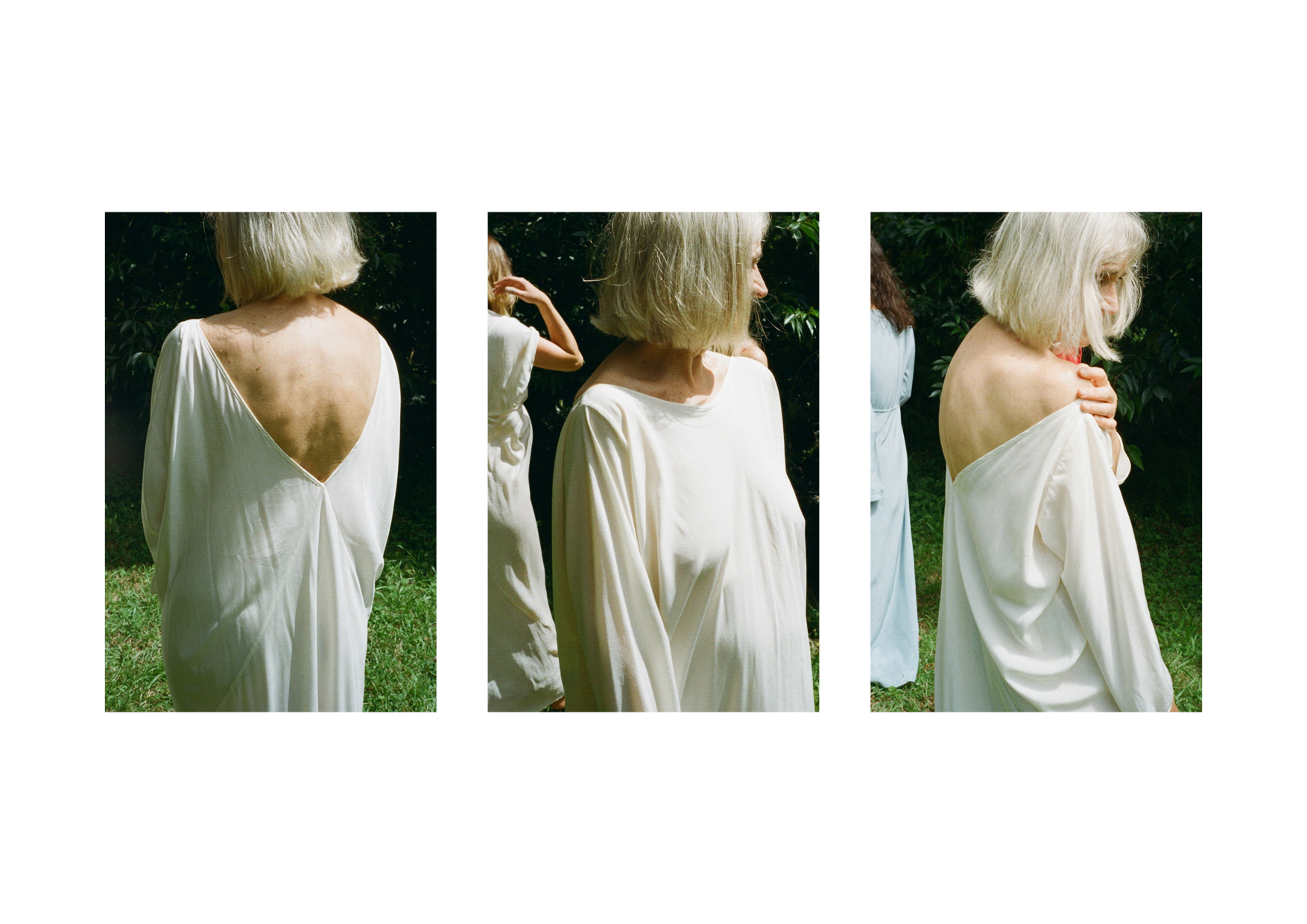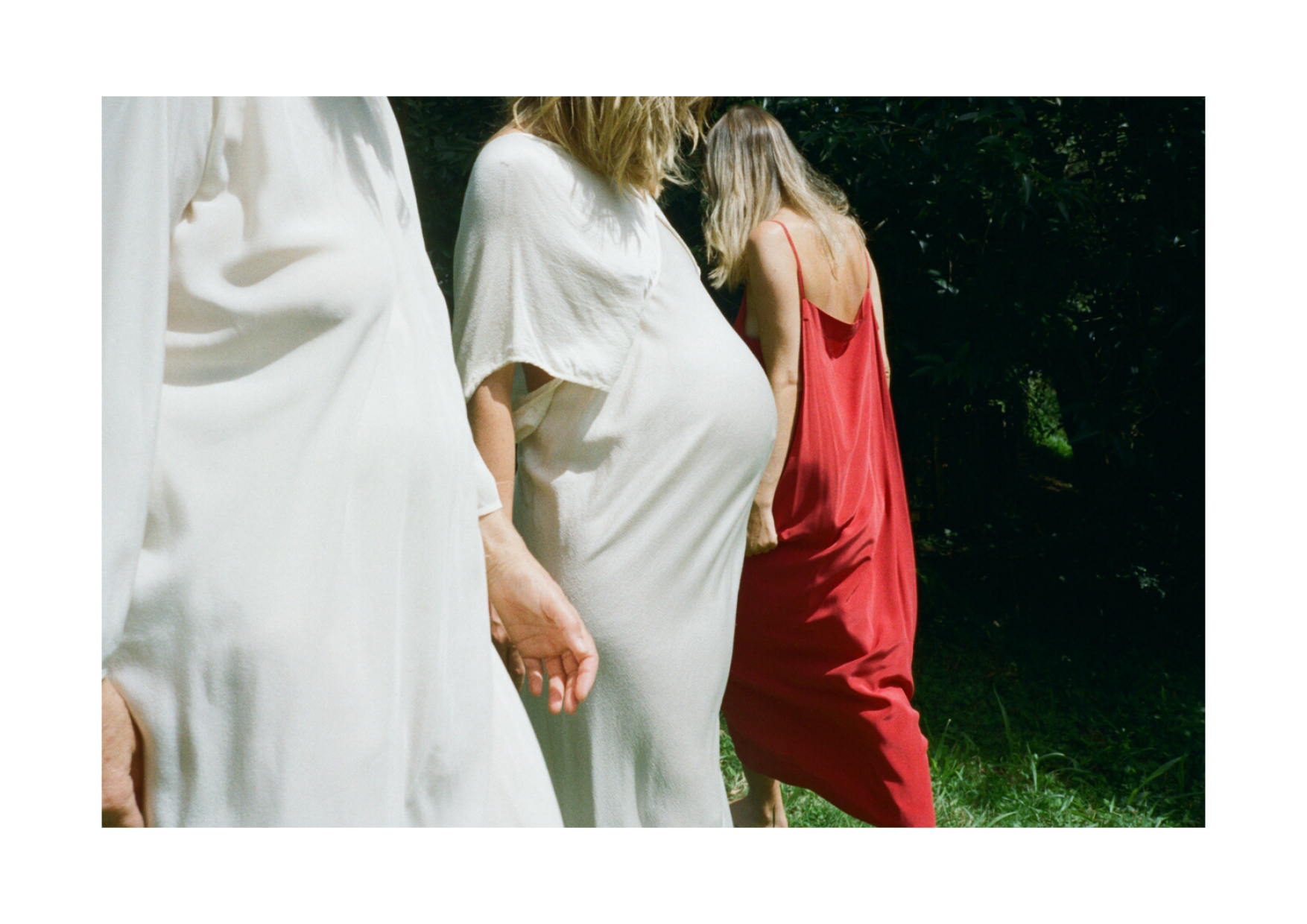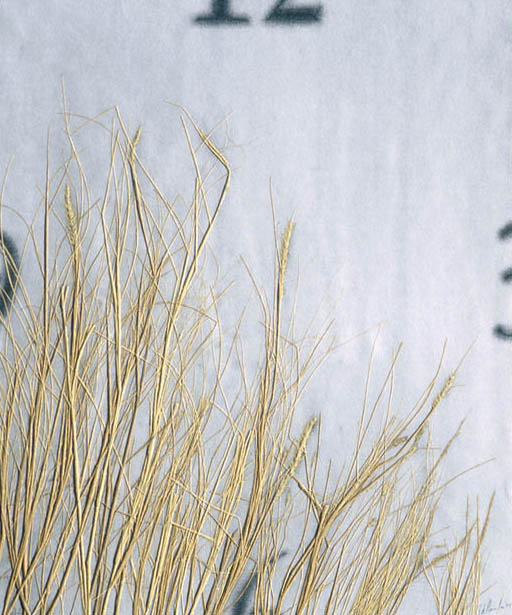I came of age when many women sought to redefine what it meant to be female. Our mothers’ choices seemed limited, constrained. Excluded from living a wider life, women had experienced marriage and motherhood as their only valued roles. My generation wanted to find our own way in the world and free ourselves, and subsequently our daughters from patriarchal norms and expectations. In encouraging my daughters to be whoever they wanted to be, I also had to learn to let go. My love for them is the deepest, most visceral connection I’ve known. The need to both fiercely nurture them and support their choices, while finding my own identity is a delicate and often ambivalent path.
You grew deep
in me
and I in you
ended a poem I wrote for my first daughter. This simple statement, however, can also apply to the three daughters I subsequently gave birth to and have watched grow into adulthood and recently, new motherhood. There is always something unknowable about the person who seems an extension of yourself, yet completely separate. ‘Growing’ for me was understanding that:
I the imperfect mother
cannot create what your
few years have fathomed
The mother-daughter relationship is like negotiating shifting borders that were once one terrain, before dividing into separate territories. Each must struggle to develop and maintain its own identity, yet it remains intrinsically connected to the (mother)land. Borders overlap, then morph into clearly delineated boundaries. These boundaries are challenged, then renegotiated, brought together by newly forged circumstances. Yet each time the form of the territory is different. Identities are reshaped, new landmarks arise in the mother-daughter-sister borderlands.
That dynamic of same but separate, resonant in the magnificent mound of a pregnant daughter, swings me back nearly 30 years when I was carrying twins.
Now you swell to such soaring symphonies
Oh female body that
I step down from my precarious podium
relinquish my baton
and let you blow your own trumpets.
Now that my precious granddaughter is born, the mother-daughter dynamic has shifted yet again.
You who are permanent and yet
passing through this strip of life
wave your world like a flag.
I sit on the fence and watch
with fear and love
A border can be like a mirror we hold up to ourselves. It is resonant with secrets. The spaces between things, between ourselves, contain invisible threads.
Into the mirror she peers.
Her breath mists and conceals
the clear surface. Only her eyes speak.
Here I am they say. There they are.
Daughters. Islands of dreams and raw living
float away from me blowing kisses
through clenched teeth.
Like mothers and daughters who once were one, then separate, before coming together, then separating again.
Like some eternal equation
we keep on dividing
flesh of my flesh that was
flesh of hers.
I think of those Russian dolls
wooden, brightly painted.
Lift one and another
smaller one emerges.
Perfect, separate, other,
yet each containing within
the belly of the (m)other
the seeds of the daughter
a woman
becoming.

